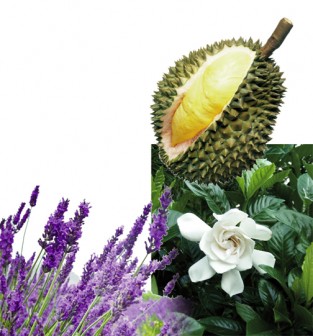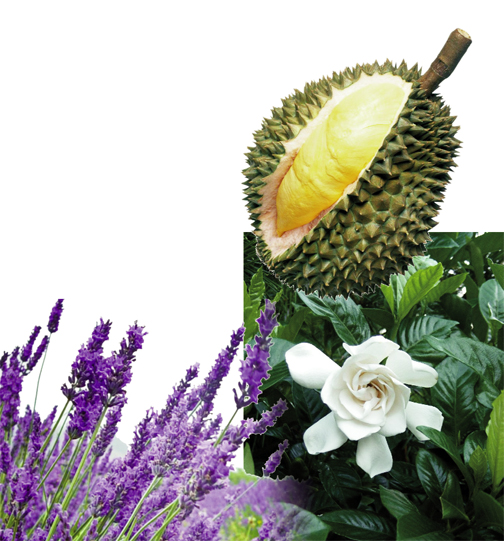I have little doubt that most people on this planet have their own list of favourite scented plants – scented buy virtue of their flowers, foliage, their fruit and even roots. Many have developed collections of scented plants for their pleasure, for medicinal use or for culinary use. Some have collections of scented plants for the particular pleasure for the general public and/or people who might have a full or partial sense deprivation (sight), or say, be confined to a wheelchair.
There are many gardens, especially in Europe and North America where large collections are to be found. Some of the well-known shrubs are the evocatively named Lady of the Night (Cestrum nocturnum); the night flowering cactus (Cereus peruvianum), one of many night flowering cacti which become heavily scented during the night); quite a few night flowering jasmines (Gardenia jasminoides) heavily scented both day and night; the Rangoon Creeper (overpowering in the early evening and in the morning); the delicately scented powder puff tree (greatly loved by humming birds); and last but by no means least I must not forget to mention some of the plants grown for their gloriously scented foliage many of which will be herbs to be used in the kitchen.


Finally, I saw an interesting spot in a magazine relating to slugs. Someone with a good collection of a plant called the Venus Fly Trap noticed that some of the traps were more or less permanently shut. An investigation revealed that the traps which were shutting were in fact living on a diet of small slugs, were finding them hard to digest, and stayed closed for longer. I wonder whether this form of pest control would have a wider application.
And finally a very Happy New Year to all and may all your dreams come true. Until next week, may your God go with you wherever you may be.






